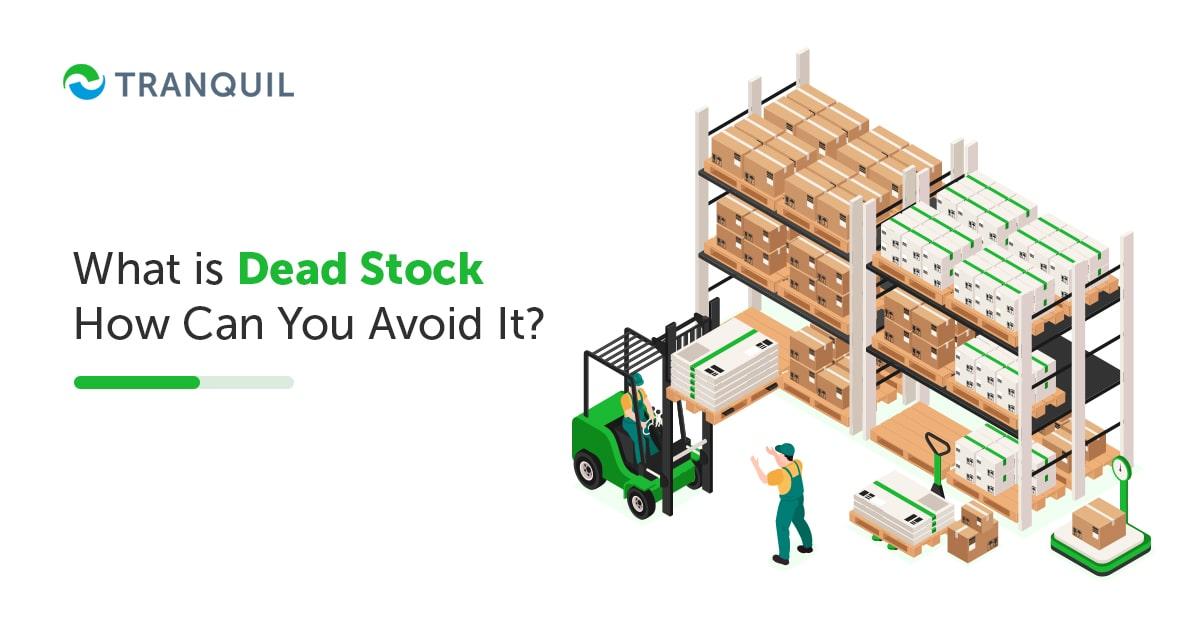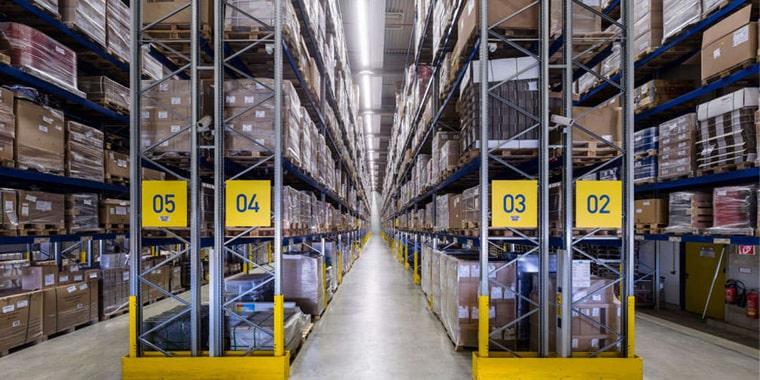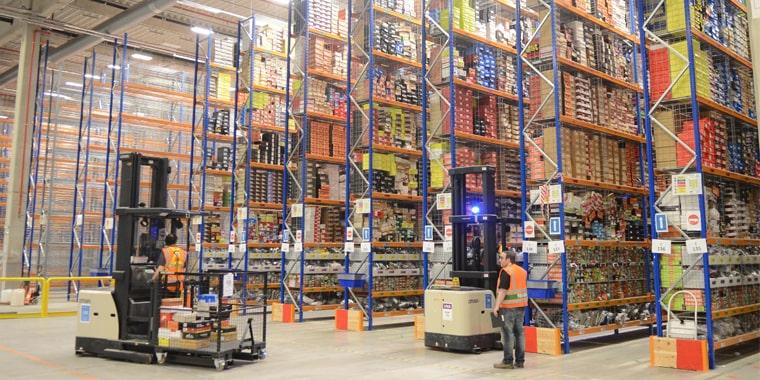
Inventory management is a complex but crucial component of running a successful business. It is essential to know how much inventory you have on hand, and how much you need to order so that production or sale is not interrupted.
You should always have the right amount of inventory – too much could mean more expense, or the danger of stocks remaining unsold.
Not only does it occupy warehouse space unnecessarily, but it can also pose a danger to your viability.
The inventory that is lying in your warehouse unsold, and with no possibility of being sold because it has become obsolete, or out of vogue, is called dead stock, or dead inventory or obsolete inventory.
ALSO READ: Tips For Efficient Stocktaking
Inventory that cannot be sold the usual way is dead stock; dead stock inventory occurs because you may have ordered or manufactured more items than what you managed to sell.
Wrong deliveries, damaged products, raw materials that have expired, and leftover seasonal items, all form part of dead stock.
Perishable items like food and medicines, become dead stock very quickly as they have to use within a short time.
Products returned by customers are not considered dead stock.
Of course, nobody expects their entire stock to be sold in a day or two (other than perishables) so when do we deem inventory as dead?
The process takes some time.
Initially, they may be tagged as slow-moving inventory, and if they stay unsold, they may be labeled as excess, and then as dead stock.
In most cases, inventory that remains unsold for a year is usually categorized as dead stock, especially in accounting – and this is a liability.
ALSO READ: Detailed Guide to Batch Tracking

Holding inventory in warehouses costs money; the longer it stays there, the more the expense – plus it takes up space you could have used to store fast-moving stock; it represents an investment on which you have not got returns as well.
Let’s visit these factors in some detail:
Loss of revenue is, of course, the most obvious cost of dead stock.
Let’s say a business has 500 units of product lying unsold, costing SAR 60 each, in theory, the business is set to lose SAR 30,000.
Of course, it doesn’t end there – there are other costs that could be much more, but they cannot be quantified easily.
Carrying or inventory holding costs can cause roughly 25% of a company’s capital at any time, but it is not easy to define how much of it is caused by dead stock.
Of course, the more time it takes for an item to be sold, the more the carrying costs for that item – hence, dead stock is a nightmarish situation for holding costs.
Then there is the opportunity cost – the lack of storage space could mean not being able to bring in fast-selling stock, that could have brought in revenues.
ALSO READ: How Does Landed Cost Affect the Cost of Inventory?

Regardless of how well you manage your inventory, you may still find yourself stuck with some amount of dead stock.
Let’s see the most common reasons for businesses to find themselves in this situation, how they can avoid it and how to reduce dead stock.
Sure, it isn’t always possible to forecast perfectly; external factors, incorrect data, and unrealistic expectations can lead to incorrect forecasts with the businesses predicting demand wrongly and ending up with excess inventory.
This is one of the most common reasons.
This can be avoided by using different strategies to enhance the accuracy of forecasts, like studying order history to get a clearer picture about demand, monitoring activities of the competition, and considering the economic situation.
Also, consider investing in a robust ERP like Tranquil that offers an impeccable inventory management module that can pick out patterns and forecast better.
ALSO READ: Factors for a Successful ERP Implementation
Excess inventory can occur if you order too much or at the wrong time.
By consistently tracking inventory metrics relevant to your business, you can avoid this situation.
It can help you to reorder inventory at the right time, and in the right amounts. Important metrics:
Your SKU count is likely to increase as your business grows, so it may not be possible to avoid it entirely; however, you can evaluate them to identify the quick selling and slow-selling ones, and then make sure you start stocking less of them.
ALSO READ: How ERP Software is Playing Role to Improve Business Productivity?
This may happen due to any number of reasons – obsolescence, high prices, not being a fit to the customer’s needs, high competition from products of other businesses, and so on.
When digital cameras made their appearance, film cameras, and along with it, film, became obsolete; as did darkroom studios.
Nobody could have predicted this innovation. Thousands of cameras and cartons of the film became dead stock almost overnight.
To avoid this, you need to know clearly what the exact reason is; be more customer-focused, adjust your pricing, and improve your inventory management.
You can also change your marketing strategy and tailor the messaging to specifically appeal to your target market. Run contests, give early bird prizes, discounts, and so on to hike sales.
Even with impeccable forecasting capabilities, you may face unforeseen plummets in demand due to volatility in the market, or the general state of the economy, like lockdowns caused by the pandemic, war situations, and so on.
It’s not easy to handle external factors, not in your control; all you can do is soften the blow by implementing effective inventory management practices that decrease excess ordering and making plans to deal with the low demand situation.
If you have an agile supply chain and good visibility into it, you will be able to make faster adjustments.
ALSO READ: What is Negative Inventory?

Products that are not up to expected standards are likely to remain unsold because customers simply won’t accept subpar items.
This can be easily avoided by ensuring you set stringent QA measures for both raw materials and products before they come to your warehouse, and during manufacturing too.
Be definite about the specifications of products, and packaging essentials, and set AQL or acceptable quality limit standards.
You will definitely have dead stock on your hands if the customers are not interested in your product.
Market research and feasibility studies are extremely important before you invest in a certain product.
You need to be absolutely in tune with customer expectations and needs before you leap into a business.
ALSO READ: What are Backorders?
It is possible that in spite of all the measures you take to avoid it, you may still end up with unsold stock; it is pretty common in a business. So now we’ll take a quick look at dead stock inventory management:

Be ready to act when the dead stock shows up in your system and warehouse.
This is easier for smaller businesses to implement as well.
Bundle your dead stock into a cheaper, packaged item so that you can get them off your shelves, and also get some of your investment back so that it’s not a complete loss.
Another strategy to get some value out of your dead stock is to give it away as ‘Gift with Purchase’.
Like, when you purchase a bottle of expensive coffee, you get a pair of coffee mugs free. (They probably have images from the Harry Potter movies over a decade ago, but hey they are free!); or it could be a branded handbag free on the purchase of expansive make up for a certain amount.
That particular style of handbag may no longer be popular with shoppers – but everybody is happy to get something for free.
Of course, the GWP has to complement the items your customer purchases; for example, gifting a handbag on the purchase of the latest Xbox makes no sense at all! This is perhaps one of the best methods of dead stock management you can implement.
Have a clearance sale where you sell your dead stock for a much lower price than what it was original; there are likely to be a lot of people who liked it but could not buy the item because of its price.
They will be more than happy to take it off your shelf.
ALSO READ: Different Ways to Improve the Procurement Process
When there is no other option in sight or none of the above work, donate it to a worthy charity so that you can bring smiles to someone in need.
There are numerous charities that work all over the world that will be happy to accept your dead stock in a donation.
Tranquil is an effective and robust ERP solution with modules that help not only with inventory management but also with procurement, production, sales, HR, etc. Schedule a demo with us to know how our software can help fast-track your business growth.